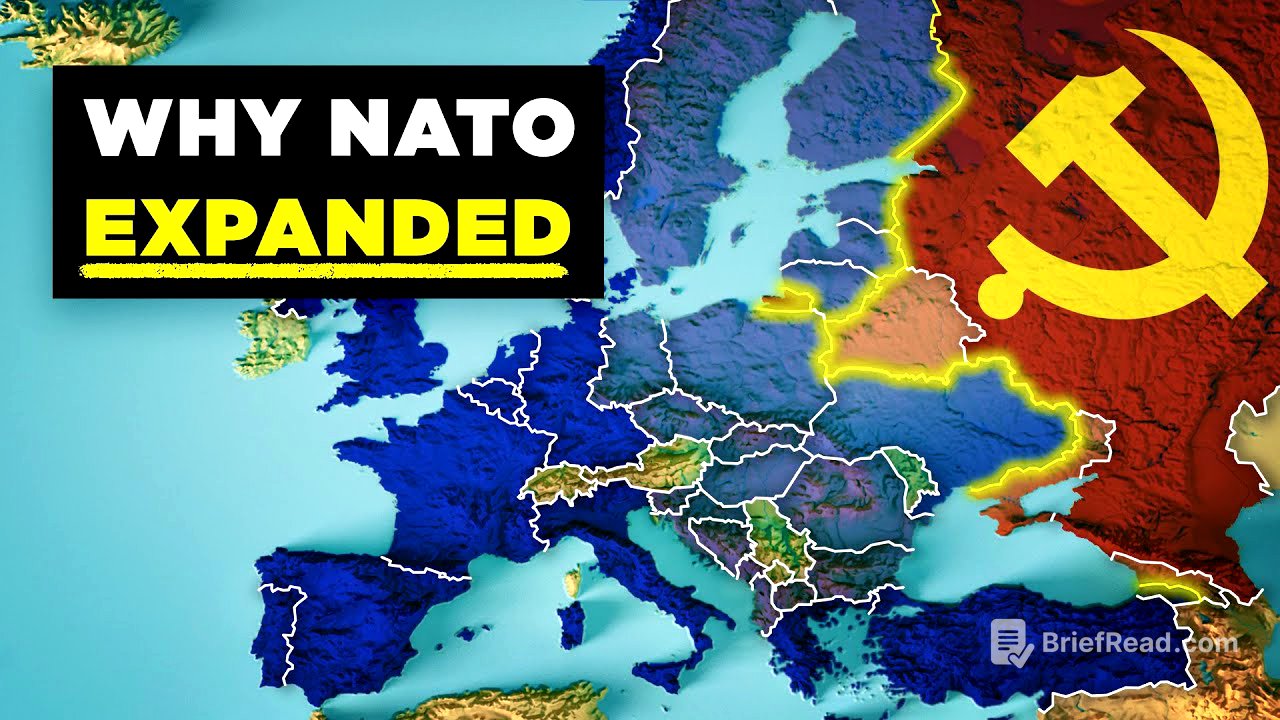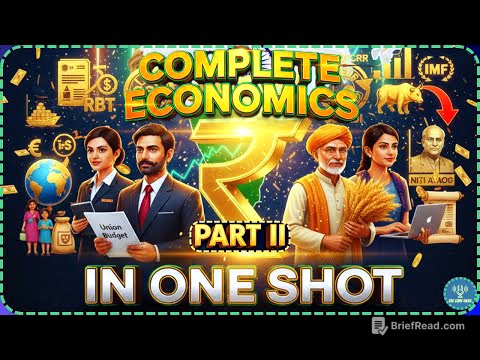TLDR;
This video explores the reasons behind NATO's expansion towards Russia's borders after the Cold War and debunks the Kremlin's claims that the West betrayed Russia by breaking promises made in the early 1990s. The video argues that NATO's expansion was a response to Russia's aggressive actions and the desire of Central and Eastern European countries to secure their independence from Russia. The video also highlights the historical context of Russia's attempts to reassert its dominance over former Soviet republics, including the brutal wars in Chechnya, Georgia, and Moldova.
- NATO's expansion was driven by the desire of Central and Eastern European countries to secure their independence from Russia.
- Russia's aggressive actions and attempts to reassert its dominance over former Soviet republics fueled the expansion of NATO.
- The video debunks the Kremlin's claims that the West betrayed Russia by breaking promises made in the early 1990s.
The Collapse of the Soviet Union and the Rise of NATO Expansion [0:00]
The video begins by discussing the collapse of the Soviet Union in 1991 and the subsequent independence of Central and Eastern European countries. The video argues that these countries, having experienced decades of Soviet domination, were deeply suspicious of Russia and feared that it would attempt to reassert its control over them. This fear was further fueled by Russia's actions in the 1990s, including its intervention in Moldova, Georgia, and Chechnya. The video also examines the negotiations surrounding German reunification in 1990 and the verbal assurances made by the United States to the Soviet Union regarding NATO's expansion. The video argues that these assurances were never formalized in a treaty and were ultimately superseded by the realities of the post-Cold War world.
The Baltic States and the Warsaw Pact [6:31]
The video then focuses on the Baltic states (Estonia, Latvia, and Lithuania) and their experience with the Soviet Union. The video highlights the Baltic states' declaration of independence in 1990, the Soviet Union's attempts to suppress their independence movements, and the eventual dissolution of the Warsaw Pact in 1991. The video argues that the Baltic states, having experienced Soviet occupation and oppression, were particularly eager to join NATO to secure their independence and deter future Russian aggression.
The First Chechen War and the Expansion of NATO [21:08]
The video then examines the first Chechen War (1994-1996), which saw Russia launch a full-scale invasion of Chechnya in an attempt to reassert its control over the territory. The video highlights the brutality of the war, the heavy civilian casualties, and the widespread human rights abuses committed by the Russian military. The video argues that the first Chechen War further solidified the fears of Central and Eastern European countries about Russia's intentions and strengthened their resolve to join NATO.
The Expansion of NATO and the Second Chechen War [29:28]
The video then discusses the expansion of NATO in the late 1990s and early 2000s, highlighting the admission of Poland, Czechia, and Hungary in 1999 and the subsequent admission of seven more countries in 2004. The video argues that these expansions were driven by the desire of Central and Eastern European countries to secure their independence and deter Russian aggression. The video also examines the second Chechen War (1999-2009), which saw Russia launch another full-scale invasion of Chechnya, and the rise of Vladimir Putin to power in Russia. The video argues that Putin's rise to power and Russia's continued aggression in Chechnya and other regions further fueled the expansion of NATO.
The Russo-Georgian War and the Ongoing War in Ukraine [32:39]
The video concludes by discussing the Russo-Georgian War of 2008 and the ongoing war in Ukraine. The video argues that these conflicts demonstrate the continued threat posed by Russia to its neighbors and the importance of NATO's presence in Central and Eastern Europe. The video also highlights the devastating human cost of these conflicts and the need for international cooperation to prevent further violence and instability in the region. The video ends by discussing the implications of the ongoing war in Ukraine for European security and the future of NATO.









